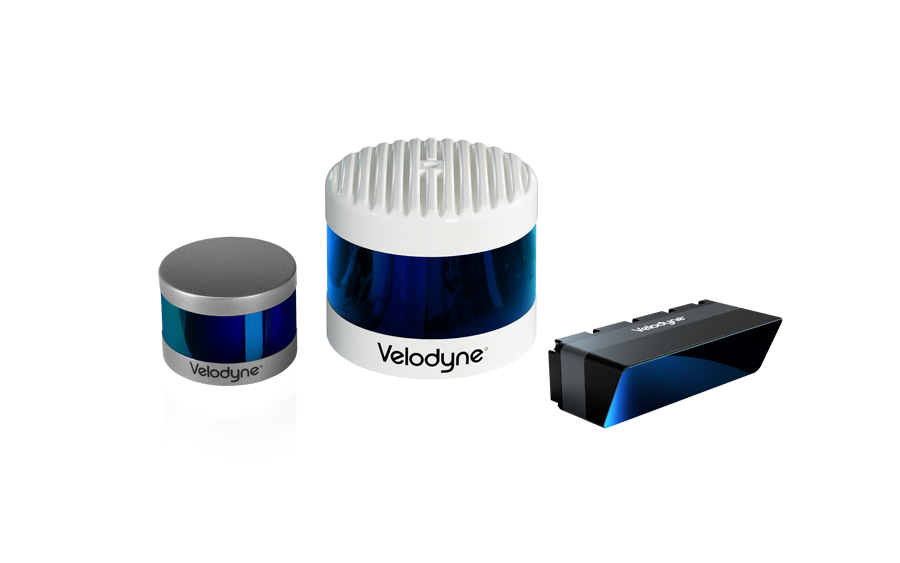In March 2017, the U.S. Coast Guard suspended a search for Brandon Paul, a 23-year-old Florida man who fell overboard from a cruise ship in waters north of Cuba. The search lasted 16 hours and covered 3,469 square miles, yet it failed to find the latest victim in a series of high-profile incidents of cruise ship passengers and crew lost at sea.[i] The website Cruisejunkie.com reports that between 2006 and 2015 over 21 people, on average per year, have been reported missing after going overboard.[ii]
Recently, Frank Bertini, UAV & Robotics Business Manager for Velodyne Lidar, has been working closely with Jack Gillespie, Director of Business Development for the automation engineering company Mechaspin to develop a Man Overboard Detection (MOD) system for the cruise liner industry. The system can detect and measure any object which falls from the ship. Once detected, the system sends out alerts regarding the overboard persons or objects. Based upon these alerts, autopilot systems can cut power to a ship’s engines and notify the crew of the emergency.

According to the Cruise Lines International Association, Inc. (CLIA) there are over 60 cruise line companies across the globe which will transport 25.8 million passengers in 2017. Roughly 25 new ships are built each year, each offering capacity for roughly 1,000 passengers.[iii] While the overall incidence of passengers overboard is relatively low, the cruise line industry recognizes the need to protect every passenger. Additionally, companies understand that with so many cruise operators, competition for customers is fierce. The negative press from a missing passenger can result in millions of dollars in lost revenue. Thus, operational safety is a top concern for ship captains and business managers, alike.
Along with operational safety, pollution and littering from cruise chips is an increasing concern. Partying and fanfare is typical, so it is common for a beer bottle or occasional piece of furniture to fall from the ship. Various governments have instituted new environmental regulations for cruise liners. In some bodies of water, every trash object that falls from a ship can result in a fine. With Mechaspin’s MOD system, the cruise line company can develop their own evidence database of fallen items. In the future, provided costs are justifiable, an automatic net could be designed to deploy and collect overboard items in real-time using data collected by Velodyne’s 3D lidar sensors.

The MOD system from Mechaspin involves multiple VLP-16s, called “Pucks,” stationed strategically around the perimeter of the ship. These Pucks are wired to a supervisory control and data acquisition (SCADA) system. The SCADA system synchronizes the point cloud data from multiple lidar sensors and applies an object-detection algorithm. The object-detection algorithm accurately calculates the volume of any object passing through the lidar sensors’ 3D field of view. Each Puck has 16 lasers which sense within a field of view extending 30-degrees outward from the ship’s hull and up to a distance of 330 feet. For system redundancy, each Puck’s field of view overlaps with adjacent Pucks’ fields of view to maximize total lidar points on target.
The MOD system is an integrated solution to the passenger-overboard problem—and the result of Mechaspin’s many years of experience in the unmanned ground systems market for the military. Mechaspin’s sister company is OpenJaus, which develops and supports real-world unmanned systems using JAUS (Joint Architecture for Unmanned Systems) programming language—particularly relevant experience for the MOD application. Hopefully, someday soon, the roughly 25 new cruise ships built every year will leave dry-dock equipped with Mechaspin’s revolutionary MOD system. And the days of passengers being lost at sea will become a thing of the past.

For more information on the MOD system visit Mechaspin.com or contact Frank Bertini at [email protected] or Jack Gillespie at [email protected].
sources:
[i] “Coast Guard Suspends Search for Missing Cruise Ship Passenger.” Sedria Renee, NBC News. March 23, 2017
[ii] “Cruise and Ferry Passengers and Crew Overboard 1995-2017” www.cruisejunkie.com. Accessed June 22, 2017
[iii] “2017 Cruise Industry Outlook” Cruise Lines International Association. December 2016

Velodyne Lidar (Nasdaq: VLDR, VLDRW) ushered in a new era of autonomous technology with the invention of real-time surround view lidar sensors. Velodyne, a global leader in lidar, is known for its broad portfolio of breakthrough lidar technologies. Velodyne’s revolutionary sensor and software solutions provide flexibility, quality and performance to meet the needs of a wide range of industries, including robotics, industrial, intelligent infrastructure, autonomous vehicles and advanced driver assistance systems (ADAS). Through continuous innovation, Velodyne strives to transform lives and communities by advancing safer mobility for all.